|
Paul Gauguin, Matamoe (Landscape With Peacocks), 1892; The Pushkin Museum, Moscow. © Pierre-Philippe Marcou/AFP/Getty Images. Gauguin is known for his colorful Tahitian paintings, but unfortunately, enhanced reproductions like the one below usually detract from rather than improve images of his work. There's so much glare and excess photo editing here that the original lines, figures, flow of energy and overall appearance of the painting have been flattened into a nearly incomprehensible mélange. The museum's photo above comes closer to the authentic work, as shown by the photo of the painting on display at the Thyssen Bornemisza Museum, Madrid, in 2012 (Getty Images). Note that some experts question the title Matamoe (meaning death), suggesting that Gauguin might have intended to call the painting Matamua (loosely translated as Once Upon a Time), and instead made a simple spelling error. However, most believe that the title is a metaphor, referring to Gauguin's sense of being reborn during this fertile period in his career. Altered version of a painting by Paul Gauguin.
1 Comment
Carl Larsson, Interior of the Fürstenberg Gallery, 1885; Göteborgs Konstmuseum (Gothenburg Museum of Art). The modern, colorized version shown below is probably the result of a digital edit, since it's more precisely detailed than might be expected from a recently painted reproduction. However, the original is much more naturalistic, and more beautifully presented than the modern interpretation — almost making you feel as though you're in the gallery yourself, participating in this richly composed Belle Époque scene. In addition, the lifelike quality of the authentic piece is more in keeping with Larsson's other work. The museum points out that many of the artworks and individuals in the painting can be identified: To the right stands Ernst Josephson, stooping, wholly focused on painting Göthilda Fürstenberg's portrait (which was never completed). Seated with his back to them, her husband Pontus is studying what is probably a print. [...] The background is filled by Raphaël Collin's vast painting, Summer (1884). In the middle of the room stands Per Hasselberg's sculpture The Snowdrop (1885). Altered version of a painting by Carl Larsson. THE ART DETECTIVE Bloopers, Fakes & Mistakes
Jean-Michel Basquiat, Untitled (Fishing), 1981; Crystal Bridges Museum of American Art. This is a rare occurrence, a Basquiat associated with a museum, which means there's a reliable photo to compare with the many Basquiat reproductions and fakes circulating online. According to Crystal Bridges, the work is untitled, although many of the copies and even the exhibition photo above, from the Freud Monk Gallery, call it Fishing. Note the various color changes throughout the duller, brownish version below. Since Basquiat is known for his bright, primary hues, a faded, hazier look is often a tip-off that an image purporting to be by the artist isn't totally accurate. The museum also points out some technical aspects of the work: Untitled is an incredible example of Basquiat's early style that incorporated visible pentimentos. Traditionally, a pentimento is a moment within a painting in which a previous compositional choice or image can be seen through the top paint layer. Basquiat used this idea to his advantage, often painting in a variety of thick and thin layers that purposefully allowed exposure of the layers beneath. This can be seen especially in the face of the crowned figure, with layers of green, gray, pink, black, and red. Altered version of a painting by Jean-Michel Basquiat. Claude Monet, Regatta at Sainte-Adresse, 1867; The Metropolitan Museum of Art, New York. Look at the beautiful, naturalistic tones of this famous Monet painting. Billowy clouds, subtly variegated sea colors revealing the changing ocean depths, the shadows on the sand, and so on. The harshly altered reproduction below has turned everything a bit green, removed a lot of the detail, and added blotches where there should be greater substance and more clearly defined features. There's no need for it, either — an excellent photo is quickly available at the museum's site, and there are other accurate photos online in various locations. The photo of the painting on display was taken by a museum visitor in 2010. The Met also offers some background and insight into Monet's intentions with this painting: Monet spent the summer of 1867 at Sainte-Adresse, a well-to-do suburb of Le Havre on the Normandy Coast. On June 25, he reported that he had about twenty pictures under way, noting, 'Among the seascapes I am doing the regattas of Le Havre with many figures on the beach and the outer harbor covered with small sails.' This sunny regatta, watched at high tide by well-dressed bourgeois, seems to have been conceived as a pair with The Beach at Sainte-Adresse (Art Institute of Chicago), an overcast scene at low tide, showing fishing boats hauled onto the beach, peopled with sailors and workers. Altered version of a painting by Claude Monet. Edvard Munch, Friedrich Nietzsche, 1906; Munch Museum, Oslo. The brightly painted reproduction below clearly has taken many liberties with the coloring, brushwork and overall appearance of this Munch classic. Although this modern version has been accepted in many places as a fair copy, it lacks the detail, the typically subdued tones, the facial subtleties, and the dynamic flow that characterize the original. Whereas the authentic photo, from the Munch Museum in Oslo, can be quickly identified as a Munch work, the modern interpretation seems as though it could have been painted by almost any contemporary copyist. Note that Munch created two versions of this Friedrich Nietzsche portrait in 1906. The other, also at the Munch Museum and shown here below the reproduction, is taller, with different elements in the sky and background. Altered version of a painting by Edvard Munch. Edvard Munch, Friedrich Nietzsche, 1906; Munch Museum, Oslo. Corrections or suggestions?
Katsushika Hokusai, Kirifuri Waterfall at Kurokami Mountain in Shimotsuke, c.1832; The Metropolitan Museum of Art, New York. Katsushika Hokusai is probably best known for his world-famous work Great Wave Off Kanagawa, which is visually and stylistically similar to Kirifuri Waterfall, shown above, from the series A Tour of Waterfalls in Various Provinces. Since print artists often authorize many different prints — in varying colors and intensities — for a single composition, with other modern versions created later from the original blocks, it's often difficult to spot an imposter among the originals. However, in this case, the over-colorized, yellow version below stands out as an obvious departure from the many accurate depictions available online currently. Modern, colorized version of a woodblock print by Katsushika Hokusai. Paul Klee, Glance Out of the Red, 1937; Zentrum Paul Klee, Bern. Although the reproduction below has copied the shapes and figures in the Klee pastel shown above, the colors don't match the original. In fact, the new coloration seems almost entirely reimagined. A modern interpretation — no matter how farfetched — is perfectly acceptable, but to avoid misleading viewers, such a piece should include a label announcing that it's a new work "after" the original artist. The photo above comes from a 2009 exhibition called Paul Klee, Carpet of Memory, at the Zentrum Paul Klee, Bern. Altered version of a pastel by Paul Klee. Vincent van Gogh, Avenue of Poplars in Autumn, 1884; Van Gogh Museum, Amsterdam. The altered image below appears to be a modern reproduction, with a lot of added orange. The original Avenue of Poplars in Autumn is more natural in appearance, with a darker, low-key feel, perhaps more representative of a Van Gogh autumn. The modern version brightens everything up, not necessarily the artist's intention. Altered version of a painting by Vincent van Gogh. Henri Matisse, Le Rêve (Figure Dormant, Fond Bleu), 1935; © Succession H. Matisse; photo credit: © Bertrand Prévost - Centre Pompidou, MNAM-CCI/Dist. RMN-GP. There are relatively few elements in this Matisse painting, which makes it a good candidate for a modern reproduction. Even so, if the sketchy version below is a recently created copy, the contemporary artist clearly wasn't able to capture the essential quality of the original. The newer version might also be the result of an extreme photo edit, but in any case, the authentic work glows with a soft, dreamlike quality — so fitting to the subject — that the modern version lacks. Usually called Le Rêve (The Dream), this piece is also known as Figure Dormant, Fond Bleu (Sleeping Figure With a Blue Background). Altered version of a painting by Henri Matisse. Pierre-Auguste Renoir, Two Sisters (On the Terrace), 1881; Art Institute of Chicago. There's something special about an original Renoir — the sophisticated execution, the exquisite flesh tones, the quality of color, the emotion and sense of place. Sadly, the recently spotted reproduction below obscures all of these elements. The way that Two Sisters (On the Terrace) is intended to be seen and felt is expressed by notes from the Art Institute of Chicago, where the work is located: Technically, the painting is a tour de force: Renoir juxtaposed solid, almost life-size figures against a landscape that — like a stage set — seems a realm of pure vision and fantasy. The sewing basket in the left foreground evokes a palette, holding the bright, pure pigments that the artist mixed, diluted, and altered to create the rest of the painting. Although the girls were not actually sisters, Renoir's dealer showed the work with this title, [along with others] at the seventh Impressionist exhibition in 1882. Altered version of a painting by Auguste Renoir. |
REAL or REPRO?
A well-researched art resource that can help you find accurate images and spot altered copies. 100+ listings and growing daily. Browse at random, or search for something specific. Special requests are welcome.
Categories
All
Archives
January 2021
Disclaimer: This blog is intended for entertainment purposes only. Although every effort has been made to verify the accuracy of the information provided, the material included here should in no way be considered the final authority on any issues discussed in the text.
|



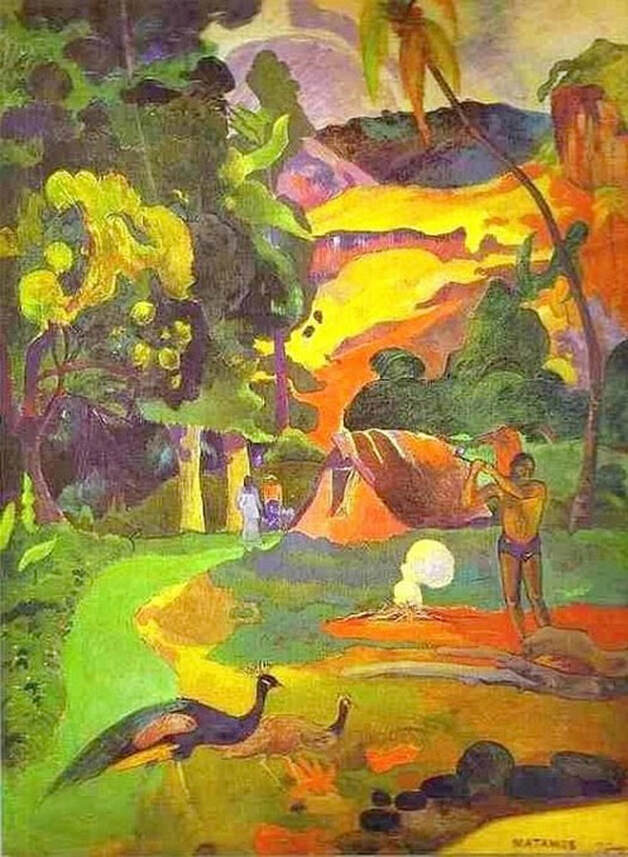





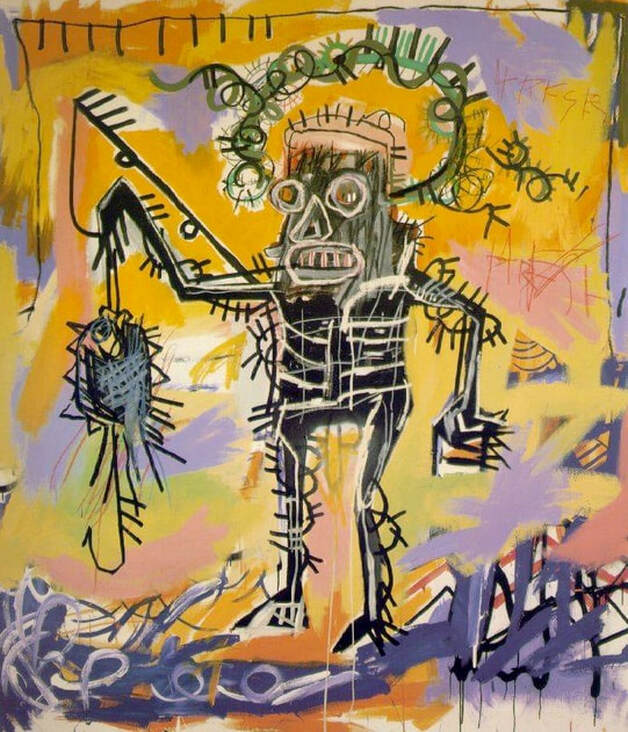






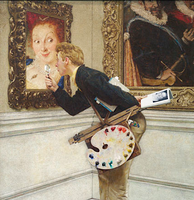
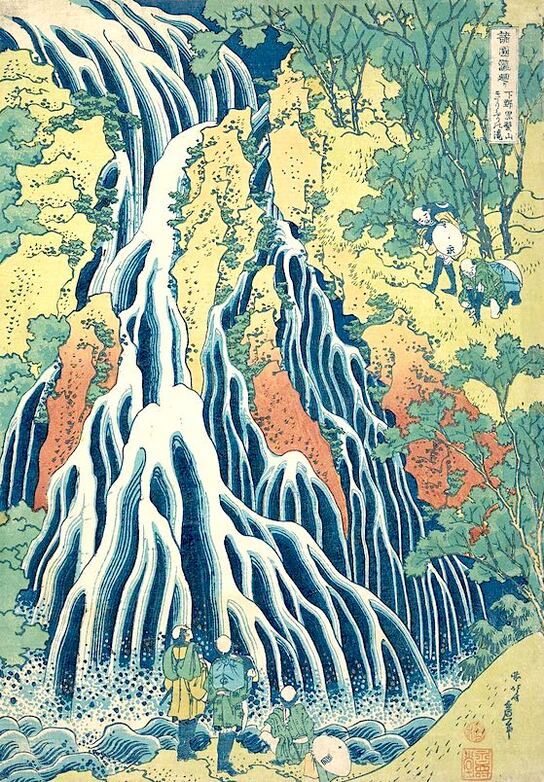


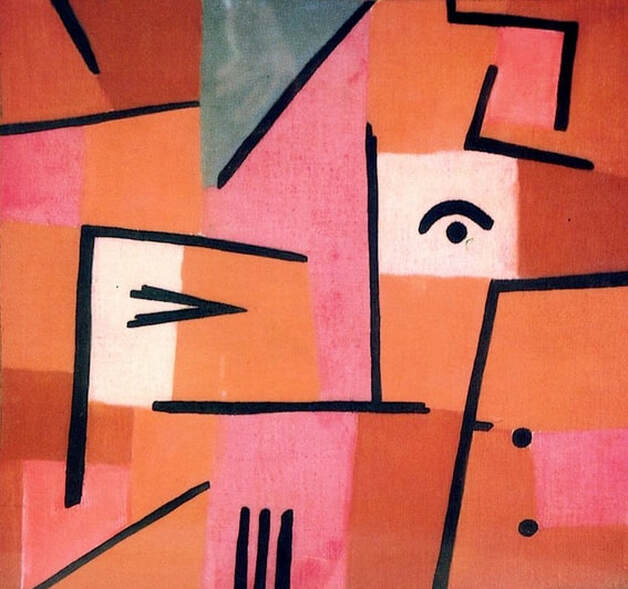

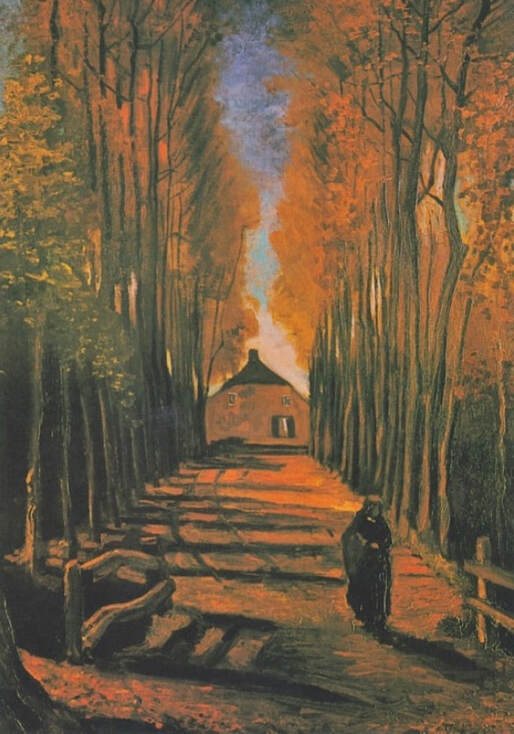


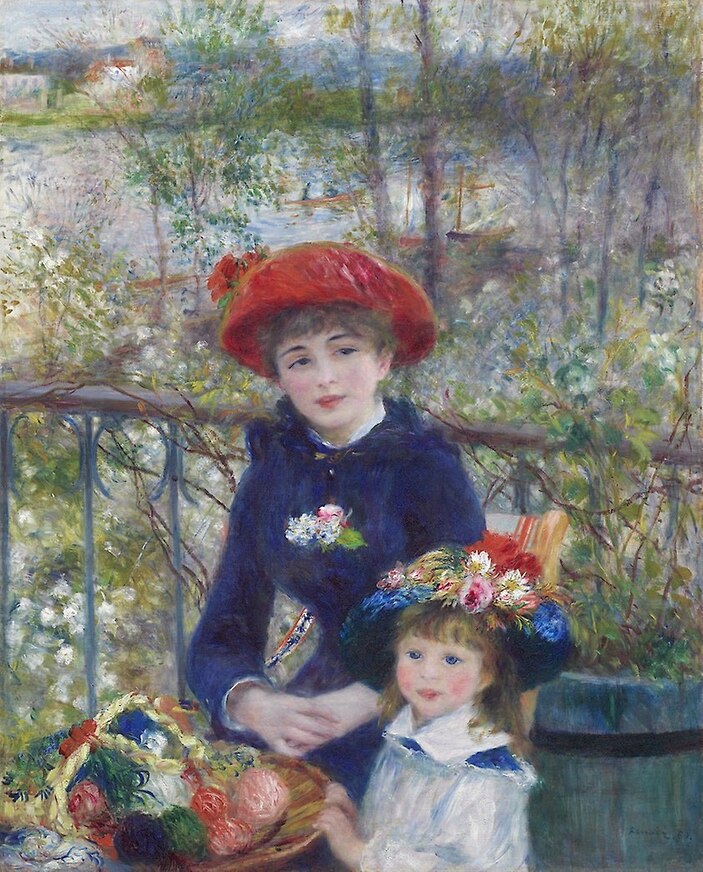

 RSS Feed
RSS Feed